On Monday (May 12), May’s full moon, known as the Flower Moon, will appear in the east during dusk, will shine all night, and will set in the west as dawn appears. The moon will also appear bright and full on Sunday (May 11) and Tuesday (May 13).
However, the next full moon may look a tiny bit smaller than average. That’s because it will be a “micromoon,” the opposite of a “supermoon.”
The technical term for a “micromoon” is an apogee full moon.
An apogee full moon occurs because our planet’s satellite orbits Earth along a slightly elliptical path, creating points when the moon is either closest to Earth (perigee) or farthest (apogee). The latter point this month almost coincides with a full moon. On Monday, our natural satellite will be 251,828 miles (405,278 kilometers) away instead of the average 238,855 miles (384,400 km), according to AstroPixels.
The moon will officially be 100% full at 12:56 p.m. EDT, when the sun is still bright overheard, but will be best observed during dusk later that day. To best view our celestial companion, check the moonrise and moonset times for your location and be in a place with a low view of the eastern horizon. The full moon will appear large on the horizon thanks to the moon illusion — a trick of visual perception that scientists don’t fully understand. As the moon rises or falls, it will also look orange because of Rayleigh scattering.
May’s full moon, named for the flowers that bloom in spring, has plenty of other names. The Anishinaabe, or Ojibwe, of the Great Lakes region call it the Sucker Moon, according to the Center for Native American Studies.



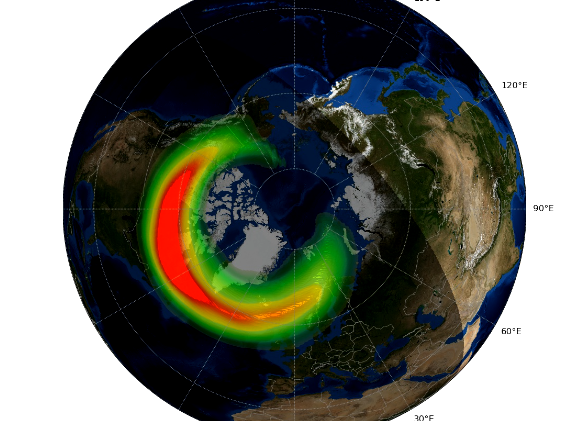
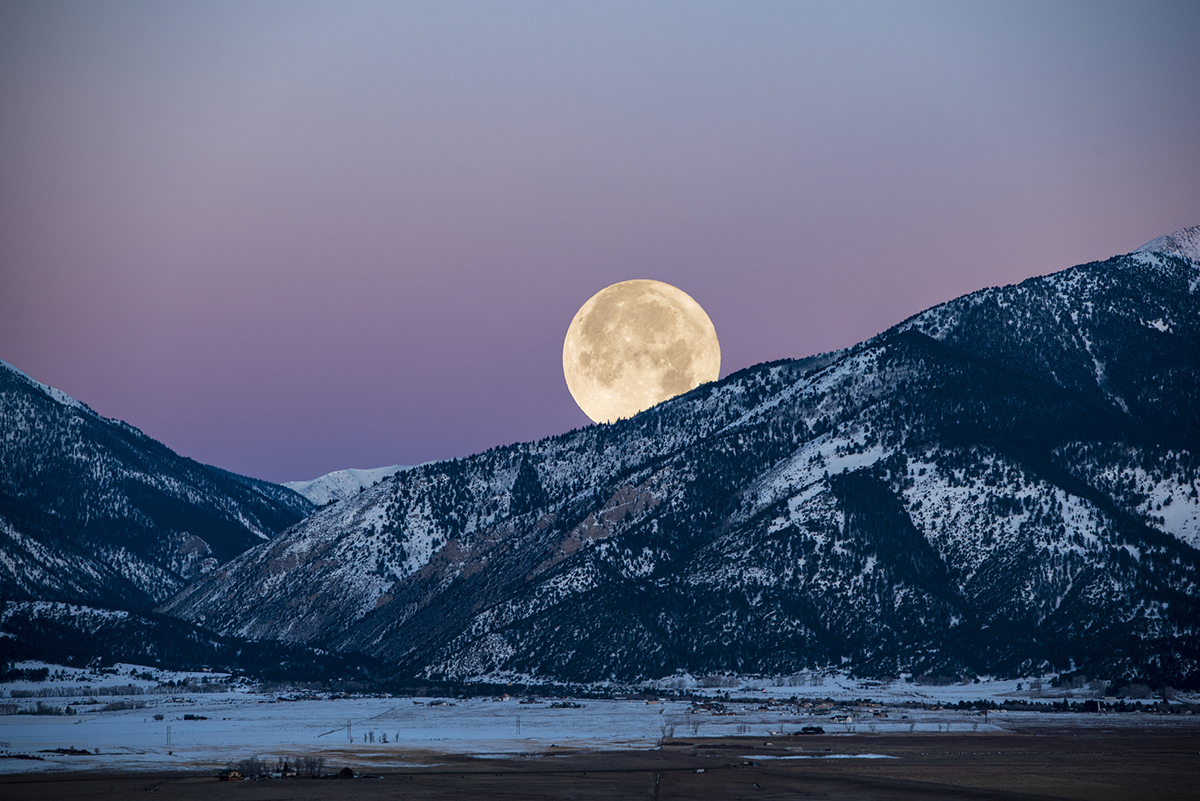
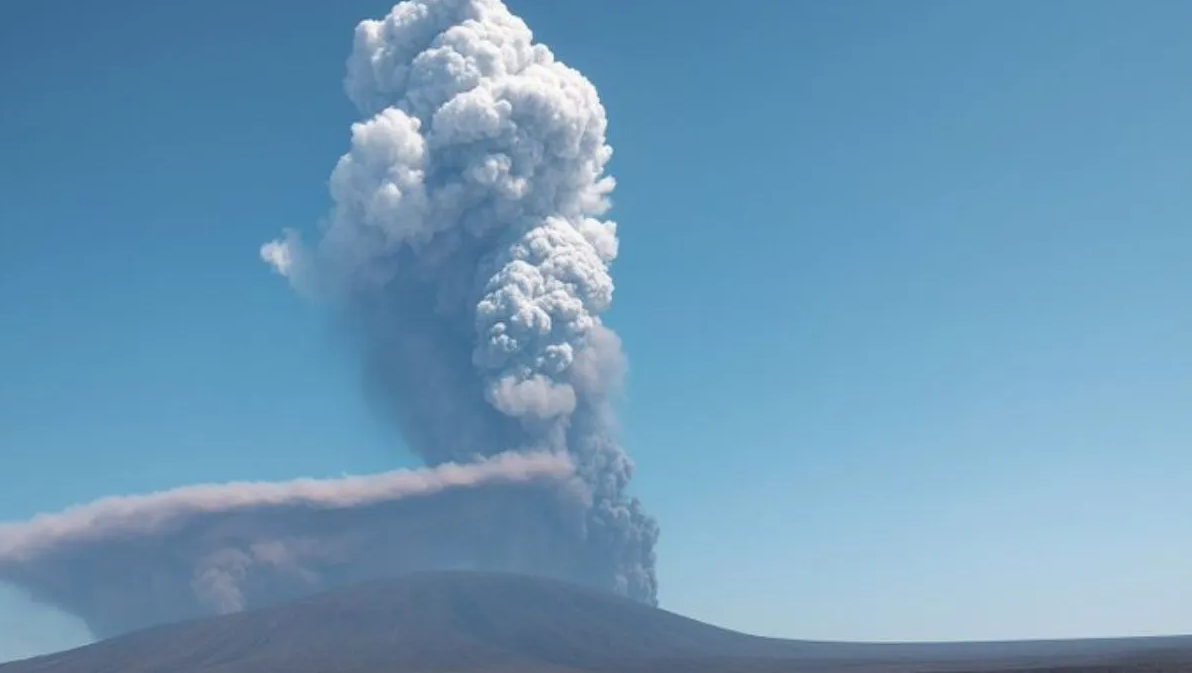
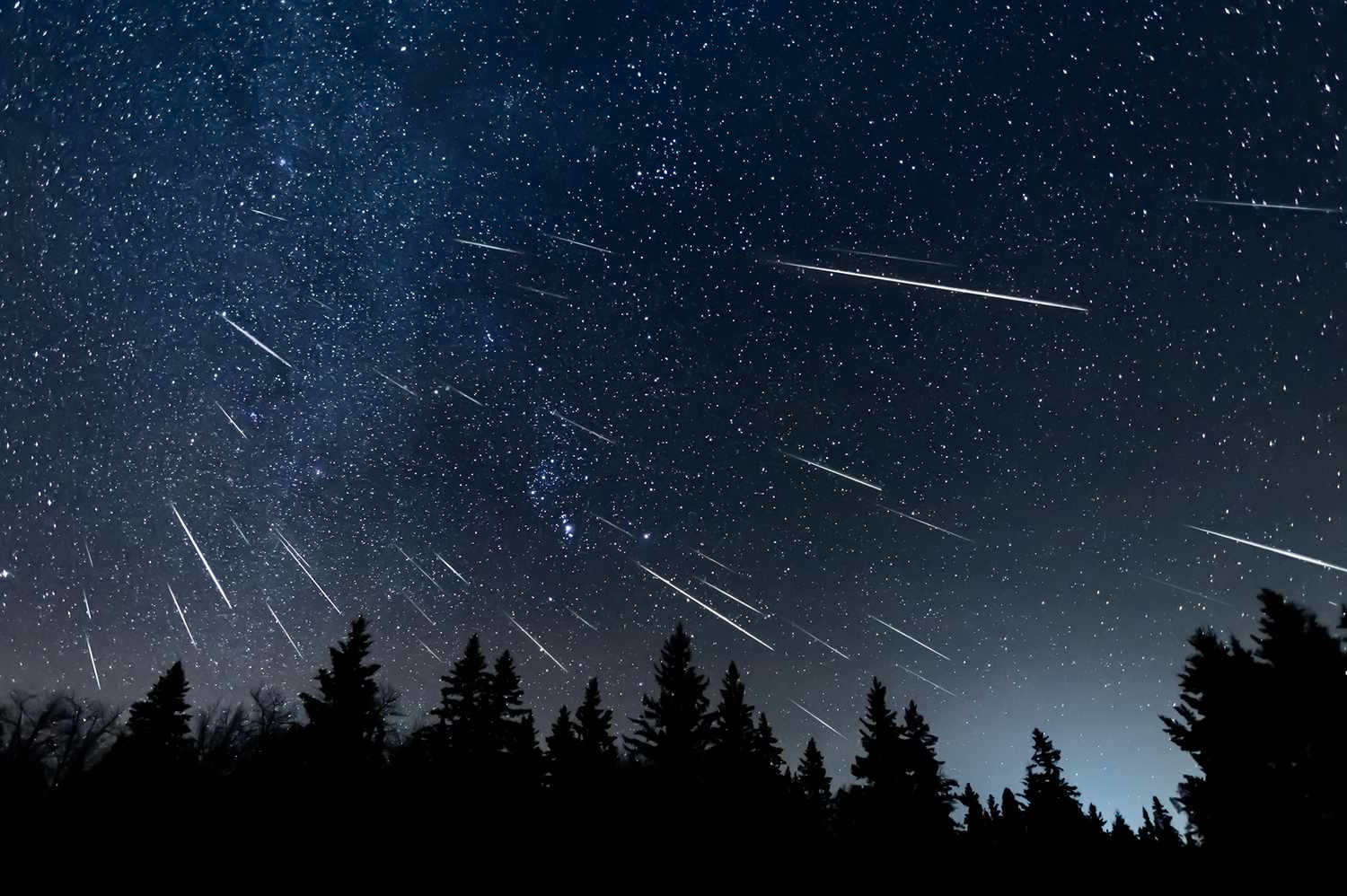


 Photographer Finds Locations Of 1960s Postcards To See How They Look Today, And The Difference Is Unbelievable
Photographer Finds Locations Of 1960s Postcards To See How They Look Today, And The Difference Is Unbelievable  Hij zet 3 IKEA kastjes tegen elkaar aan en maakt dit voor zijn vrouw…Wat een gaaf resultaat!!
Hij zet 3 IKEA kastjes tegen elkaar aan en maakt dit voor zijn vrouw…Wat een gaaf resultaat!!  Scientists Discover 512-Year-Old Shark, Which Would Be The Oldest Living Vertebrate On The Planet
Scientists Discover 512-Year-Old Shark, Which Would Be The Oldest Living Vertebrate On The Planet  Hus til salg er kun 22 kvadratmeter – men vent til du ser det indvendigt
Hus til salg er kun 22 kvadratmeter – men vent til du ser det indvendigt  Superknepet – så blir snuskiga ugnsformen som ny igen!
Superknepet – så blir snuskiga ugnsformen som ny igen! 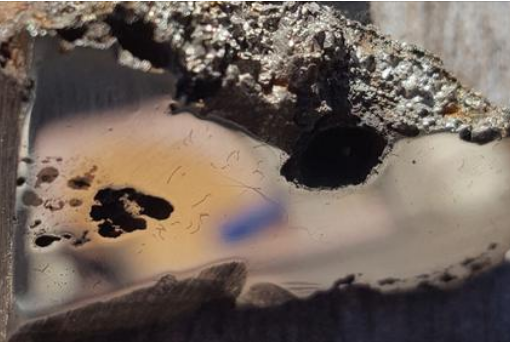 Meteorite That Recently Fell in Somalia Turns Out to Contain Two Minerals Never Before Seen on Earth
Meteorite That Recently Fell in Somalia Turns Out to Contain Two Minerals Never Before Seen on Earth  Nearly Frozen Waves Captured On Camera By Nantucket Photographer
Nearly Frozen Waves Captured On Camera By Nantucket Photographer 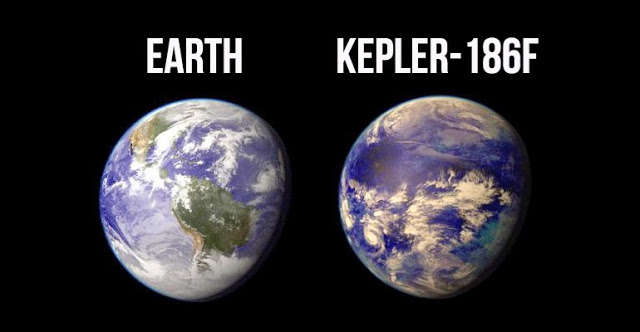 It’s Official: Astronomers Have Discovered another Earth
It’s Official: Astronomers Have Discovered another Earth 